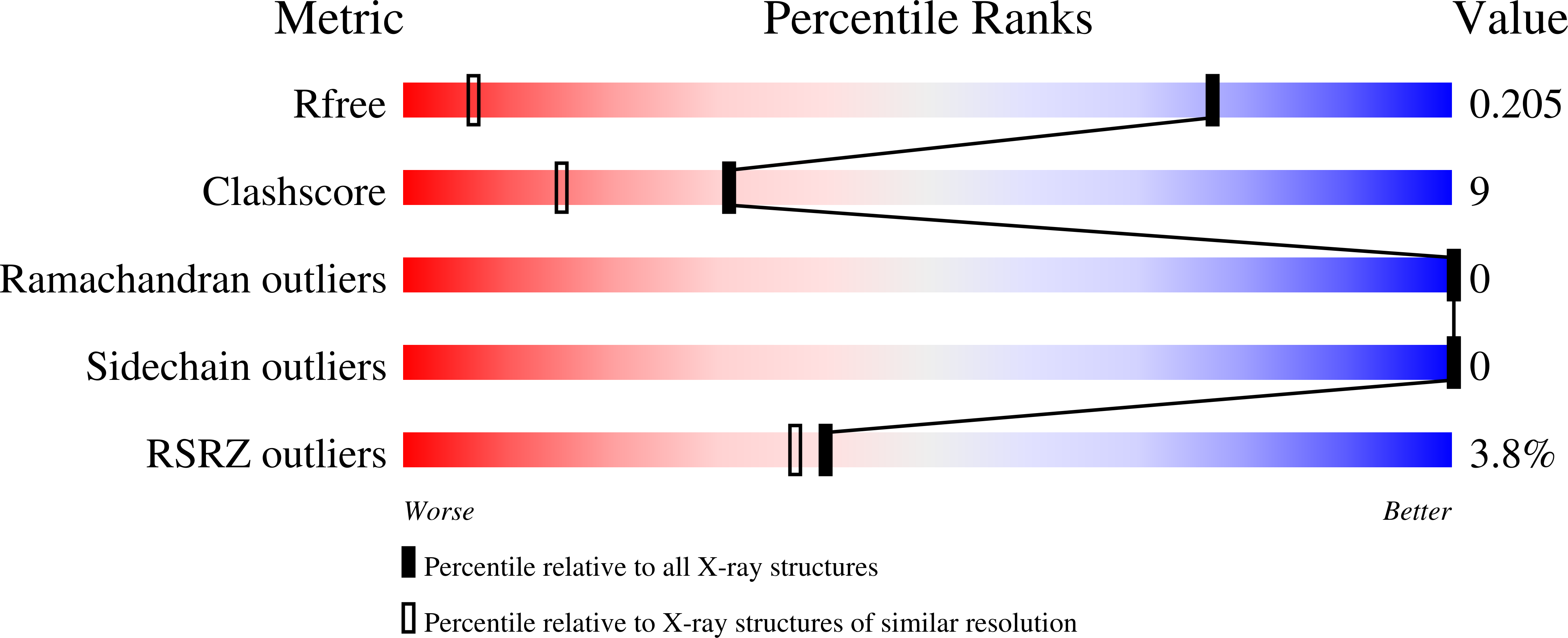
Deposition Date
2020-08-26
Release Date
2021-07-21
Last Version Date
2023-11-15
Entry Detail
PDB ID:
7JX5
Keywords:
Title:
Crystal Structure of N-Phenylalanine Peptoid-modified Collagen Triple Helix
Biological Source:
Source Organism:
Homo sapiens (Taxon ID: 9606)
Method Details:
Experimental Method:
Resolution:
1.10 Å
R-Value Free:
0.19
R-Value Work:
0.15
R-Value Observed:
0.15
Space Group:
P 1


